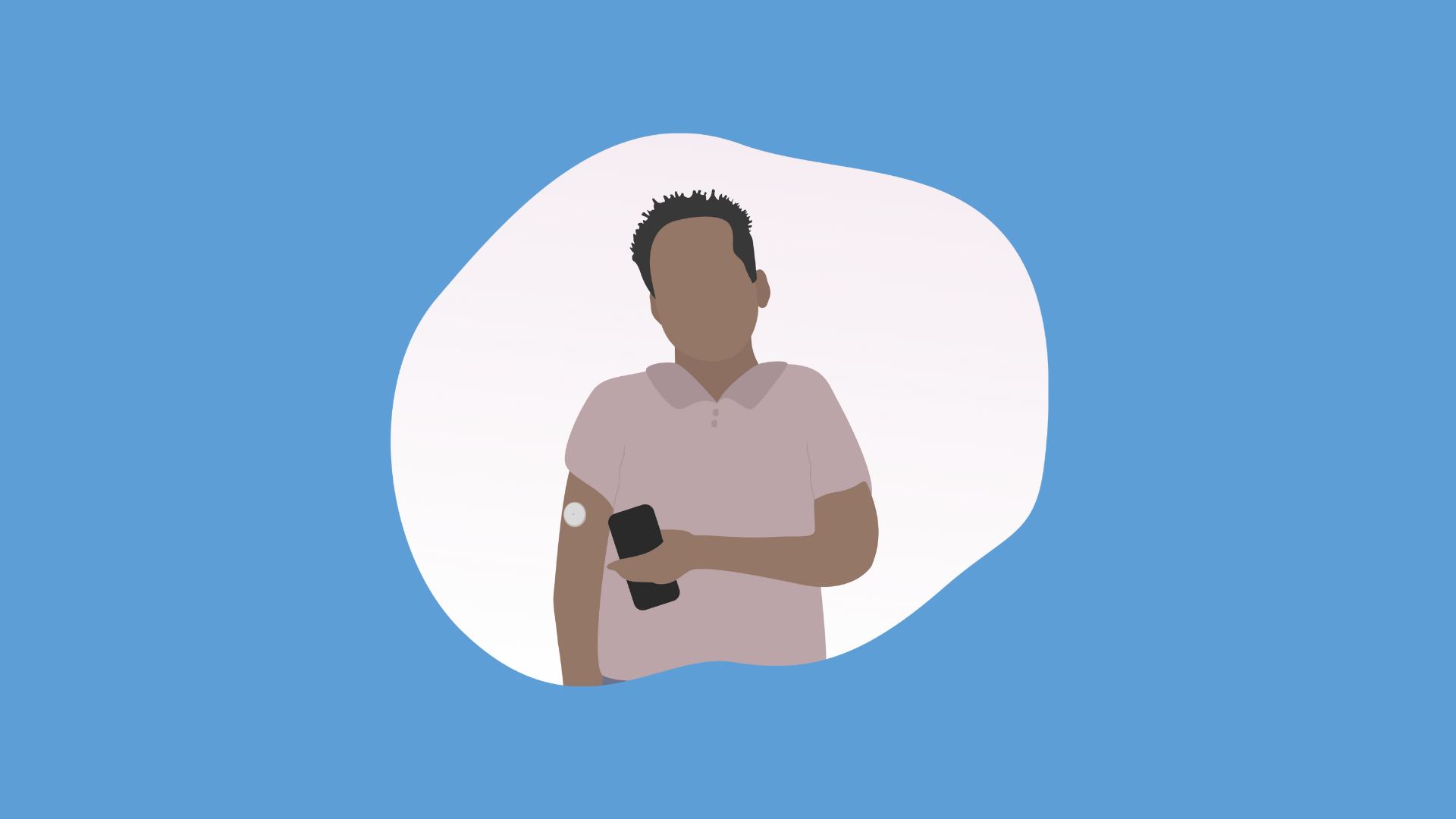Definition: Hypoglycemia (blood sugar levels below 4mmol/L) is the most common acute complication of diabetes. The good news is that understanding what hypoglycemia is can reduce its frequency while keeping glucose levels as ideal as possible.
Recognizing Hypoglycemia
Mild (common): Trembling or shaking, irregular or fast heartbeat, sweating, anxiety, hunger, headache, and nausea.
Moderate (less common): Difficulty concentrating, confusion, weakness, loss of coordination drowsiness, vision changes, slurred speech, dizziness, nightmares, and behavioural changes.
Severe (rare): Seizures and coma or loss of consciousness/unresponsiveness may occur requiring emergency medical support. If not treated, it could even lead to death.
Who is at Risk for Severe Hypoglycemia?
People with a past episode of severe hypoglycemia, those who don’t feel mild or moderate symptoms of hypoglycemia, very tight glucose control, long duration of diabetes, cognitive impairment, multiple other chronic illnesses, nerve or kidney damage, and excess alcohol intake are all at risk. It is also more common in children, teens, the elderly, and people without stable and reliable access to food or health information.
How Can it be Prevented?
Effective approaches include: adjusting insulin or other drugs to reduce the frequency of hypoglycemia with respect to meals and physical activity, frequent glucose monitoring, not skipping meals, using newer rather than the older insulins, minimizing alcohol intake, and learning to recognize early warning signs.
Learn more about treating hypoglycemia. Access a downloadable PDF on hypoglycemia prevention and treatment.



